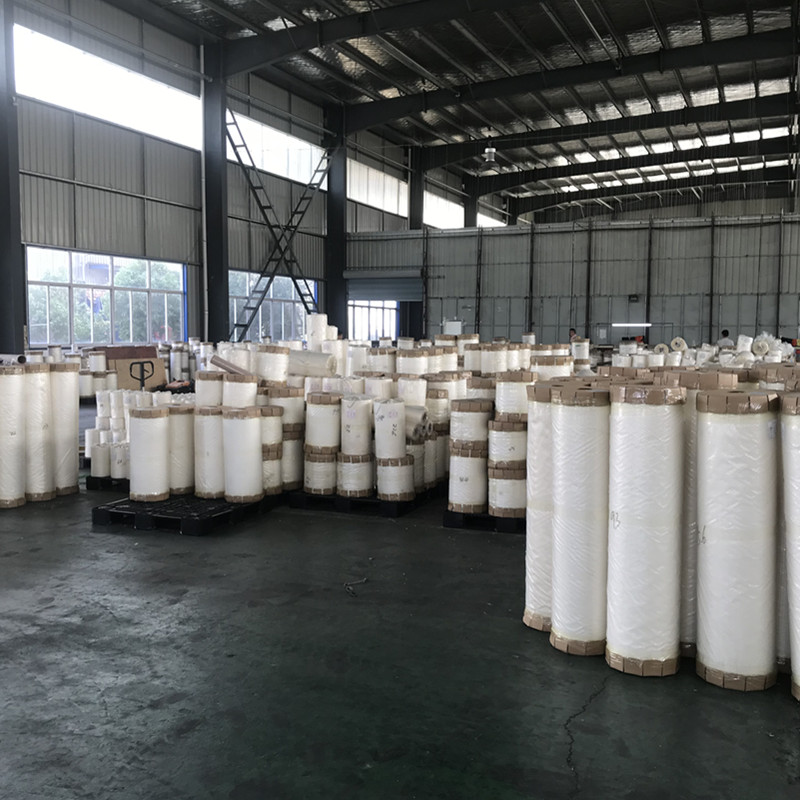
The pre coating film is composed of a substrate and an adhesive layer. The substrate is usually a polyester (PET) film and a biaxially oriented polypropylene (BOPP) film. BOPP film has the characteristics of high transparency, good brightness, non-toxic and odorless properties, water resistance, heat resistance, low cost, and soft texture. It is an ideal material in the laminating process, with a thickness of about 12-20um. Therefore, from the perspective of material cost and processing technology, the vast majority of pre coated substrates use BOPP film.
There are two types of adhesive layers for pre coated films: melt type and solvent volatile type. Depending on the processing equipment and process conditions, different thicknesses of adhesive layers are selected, and the thickness of the adhesive layer is generally between 5-15um. The adhesive layer of domestic pre coated film is mainly composed of hot melt adhesive or organic polymer low-temperature resin. Hot melt adhesive is made by blending and modifying several materials such as main adhesive resin, tackifiers, and modifiers. Organic polymer resin is a single polymer low-temperature copolymer. Due to the fact that hot melt adhesive is a mixture of several materials, the transparency of the coated film is significantly lower than that of low-temperature pure resin pre coated films.
The production process of solvent evaporation type pre coating film is similar to that of instant coating film process. Organic solvents are used to dissolve colloids and then coated on the film substrate. Therefore, there may be problems such as incomplete evaporation of organic solvents, odor during coating operation, and harm to operators (compared to instant coating film process, the harm is much smaller). After coating, solvent evaporation can also easily form bubbles on the surface of printed materials.
Problem of Cold Lamination film
⑴ Bubbling and peeling phenomena are prone to occur, especially in large-scale on-site printing or high humidity working environments.
⑵ The surface of the product often produces bright spots or fog spots with varying glossiness.
⑶ The product is prone to curling, which is more severe if the pressure is too high during gluing or the temperature is too high during drying.
When laminating, organic solvents and other chemical substances will evaporate into the atmosphere, causing environmental pollution and even causing fires.
Advantage of Thermal Lamination film
⑴ Products coated with molten pre coating will not experience foaming or peeling, and have a longer service life.
⑵ Coated products using solvent volatile pre coating can also experience delamination and blistering in areas with thick printing ink layers, high folding, die-cutting, and indentation pressures, or in environments with high workshop temperatures.
⑶ Solvent volatile pre coated films are prone to adhere to dust and other impurities during production, which can affect the surface effect of coated products.
Film coated products generally do not exhibit curling phenomenon.
From the above, it can be seen that the pre coated film coating process, especially the molten pre coated film coating process, has unparalleled advantages over the coating film coating process and is an inevitable choice for the future film coating industry.




 WeChat QR code
WeChat QR code What's App
What's App